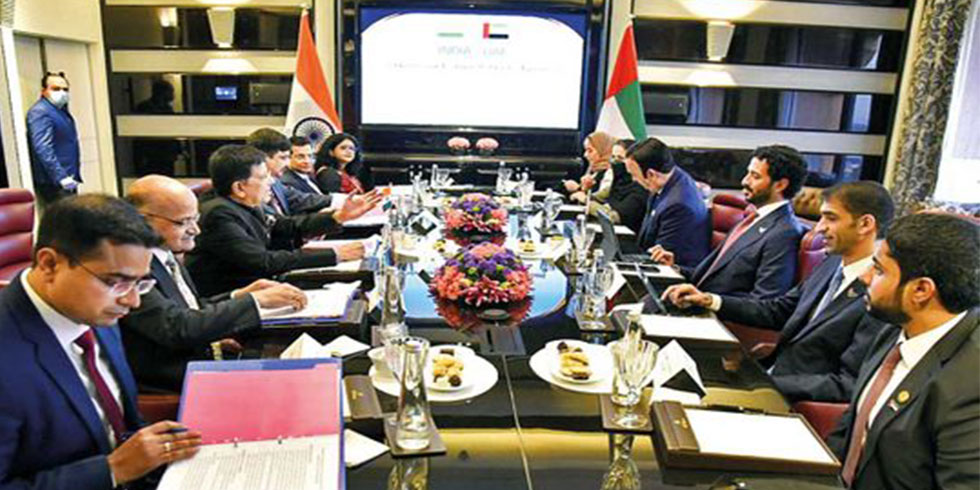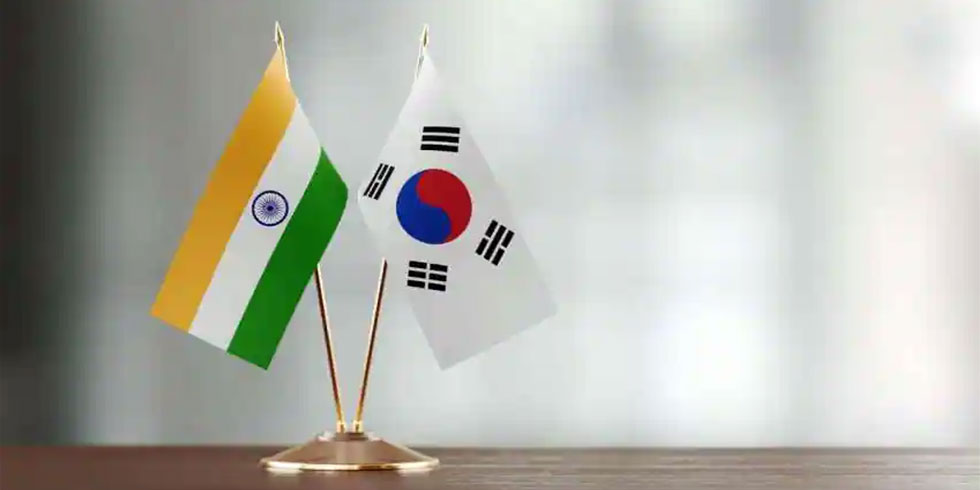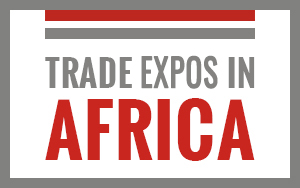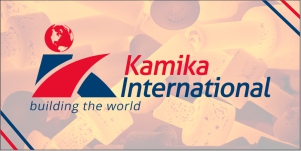Commerce and Industry Minister Anand Sharma today said he is optimistic about India touching the $300 billion-mark in exports this fiscal although it remains a challenge.
He said shipments for February and March are expected to be in the positive zone. In January, India’s exports made a marginal recovery and entered the positive zone after a gap of eight months, recording a growth of 0.82 percent to $25.58 billion.
“Hopefully we should remain in the positive zone when the February numbers will come out, and also in March but…how much close can we get to $300 billion? I remain optimistic but it is a challenge,” Sharma said after meeting CII members. As part of the pre-Foreign Trade Policy (FTP) stakeholder consultations, the minister met members of industry body CII.
He said the industry, export promotion councils and the government are putting all the efforts “to at least reach there ($300 billion) and minimise the gap”. However, Sharma said the $360 billion target fixed for 2012-13 will not be achieved.
After the completion of the consultation process, the minister said, the Board of Trade will meet during the first half of the next month. “It will take at least one month (to complete the consultations) because India is a big country and we do not want to rush. Then we will have the board of trade meeting in the first half of April. Soon thereafter we will have the FTP announcements,” he added.
Sharma said that along with the chambers, the ministry will also consult sectoral councils and export promotion councils. On the forthcoming FTP, he said that the government “will formulate a policy this time, which can boost exports and bring down the transactions cost and also improves the position vis-à-vis the access to credit and the cost to credit”.
CII President Adi Godrej said that there is an urgent need to reduce current account deficit (CAD), which had touched a record high of 5.4 per cent of GDP in the July-September quarter. CAD occurs when a country’s total imports of goods, services and transfers is greater than its total export of goods, services and transfers. India’s CAD continues to be high due to excessive dependence on oil, coal and gold imports as well as slowdown in exports.
“I think the whole accent of the suggestions was to reduce our CAD. It has grown tremendously,” Godrej said after the meeting. During the April-January period, overseas shipments shrunk by 4.86 percent to $239.6 billion. Trade deficit has widened to $20 billion in January, the second highest figure ever in a month.Suggesting several steps including extension of 2 percent interest subvention to all sector, Godrej said that there is a need to make overall environment more conducive to boost exports.
He said, on long-term strategy, there is a need to reduce time in taking decisions and getting approvals. “…(without) removing or reducing non-value adding regulations and procedures, it will be very difficult for manufacturing to become cost competitive. Concessions and subsidies are not the answer for long term sustainability of exports,” he said.
Godrej also said that the long-term strategy should be to build capacities for capital goods and hi-tech industries such as electronics, aeronautics and defence components. Though hi-tech exports are growing a CAGR of around 25 percent, they comprise only 7 percent of India’s total exports.
He also said that SEZs can be the engines of growth for exports but need right policy. To push services exports, Godrej suggested adoption of a more targeted approach with focus on big-ticket services like tourism, shipping and logistics.
“India needs to look for investment led services exports in sectors like financial services, health, education and telecommunication. This could part of India’s strategy to capture newer markets in the South,” he added.
Optimistic that Indian exports will touch $300 bn in FY13: Sharma














Add Comment